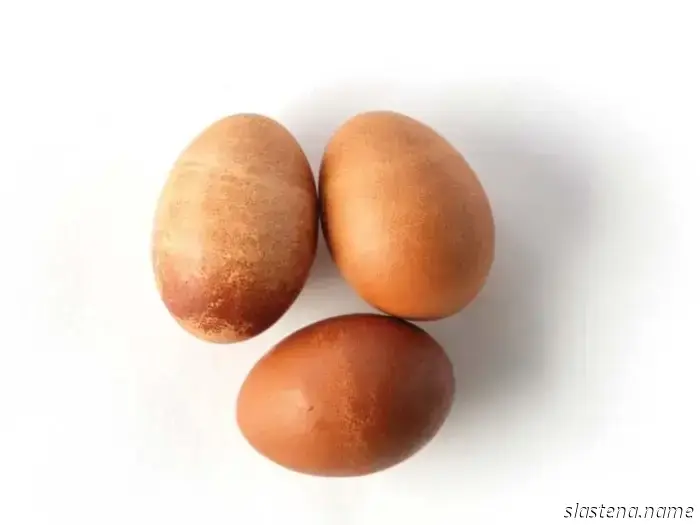
Egg Essentials by Rose Levy Beranbaum - Bake from Scratch
I enjoy many flourless cakes, yet I don't have any eggless recipes in my collection! Eggs are crucial for achieving the texture I want. Egg whites provide aeration, while the yolks, which have lecithin, enhance emulsification, creaminess, and flavor. Here is the most significant and practical information I can share about baking with eggs.
I typically use whole eggs, just yolks, or only whites, but lately, I've begun to separate eggs for recipes calling for whole eggs. I weigh the yolks and whites before recombining them due to the decreasing size of the yolks. I observed this while making a génoise, which requires whole eggs, and the cake's texture became unexpectedly coarse. By adding an additional yolk, I was able to restore the velvety texture. Several other bakers have also remarked on the shrinking of egg yolks. I only learned the reason why from a woman who raised hens for their eggs. She explained that the industry is using younger hens that produce eggs with smaller yolks.
Smaller yolks result in larger whites, which is concerning to me because one of my key contributions to baking lies in preventing egg whites from being overbeaten, a process that relies on the correct balance of whites to cream of tartar (a wine industry by-product). Many recipes caution against overbeating egg whites, as this can cause them to become dry, deflate, and break down. I discovered that using ⅛ teaspoon of cream of tartar per egg white (30 grams or 2 tablespoons) makes it nearly impossible to overbeat them! However, with smaller yolks, the amount of whites increases, making it necessary to weigh or measure them accurately.
It is equally important to ensure that the bowl and beater are free from any fat, including egg yolk, when beating egg whites. If even a small amount of yolk contaminates the whites, you can use an eggshell to retrieve it, as it acts like a magnet. To guarantee that the bowl is completely clean after washing and drying, you can wipe it with a cloth moistened with white vinegar.
In my cookbooks, I include recipes for dishes made with all yolks and those made with all whites, as it’s common in baking to end up with an excess of one or the other. While the extra yolk can be added to scrambled eggs or an omelet, freezing is also a great option. Egg whites can be frozen for several months, but egg yolks will turn gummy unless some sugar is added—½ teaspoon per yolk is ideal. Make sure to label the container with the amount so it can be subtracted from your recipe!
For those worried about food safety when making uncooked meringue, the American Egg Board advises using pasteurized eggs in the shell. If you opt for pasteurized egg whites, you'll need to double the cream of tartar (¼ teaspoon per egg white, or 30 grams/2 tablespoons). You will also need to beat them much longer (about 10 minutes); however, this results in the most stable meringue achievable!
Other articles
Egg Essentials by Rose Levy Beranbaum - Bake from Scratch
Among my favorite cakes, several are flourless, but I don't have a single eggless recipe in my collection!
